On July 28, TSMC inaugurated its new Global Research and Development Center in Hsinchu, Taiwan, reinforcing its dominance of the semiconductor foundry (contract manufacturing) market and renewing its commitment to Taiwan even while it's under pressure to diversify internationally.
More than 7,000 staff will relocate to the center by September, bringing together the people who research and develop leading-edge semiconductor process technology, and investigate new materials and transistor structures. All of this for practical application on behalf of the world's most advanced IC design companies and more than 500 other customers.
The center is a large building situated near TSMC's headquarters in the Hsinchu Science Park, which is also the site of its largest concentration of production facilities. It has a total floor space of 300,000 square meters, or roughly 42 soccer fields.
TSMC founder MorrisMorris Chang noted that after more than two decades of spending around 8% of sales on R&D, TSMC was finally able to declare its technological leadership at 7nm, which it put into mass production in 2018.
In 2020, when TSMC ramped up production at 5nm, Intel announced that its own 7nm would be delayed. In 2022, TSMC spent $5.5 billion on R&D. Intel spent $17.5 billion, or 28% of revenue, as it tried to catch up. At present, both TSMC and Samsung have started volume production at 3nm and are planning to launch 2nm in 2025.
In June, Taiwanese media reported that TSMC had begun test production at 2nm in Hsinchu. Last March, NVIDIA, the world leader in AI processors, announced“a breakthrough that brings accelerated computing to the field of computational lithography , enabling semiconductor leaders like ASML, TSMC and Synopsys to accelerate the design and manufacturing of next-generation chips, just as current production processes are nearing the limits of what physics makes possible.”
Latest stories
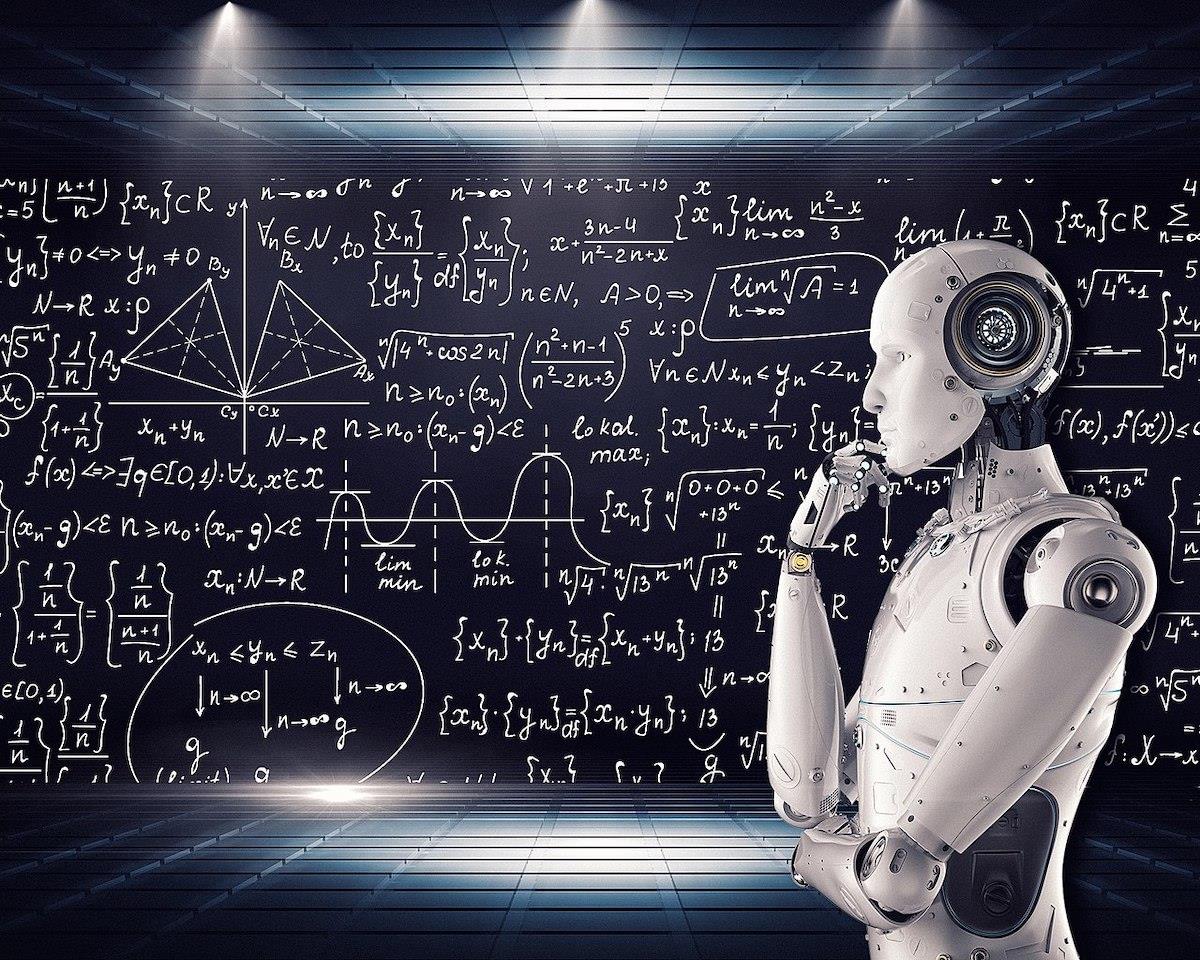
fear of ai in the west is misdirected
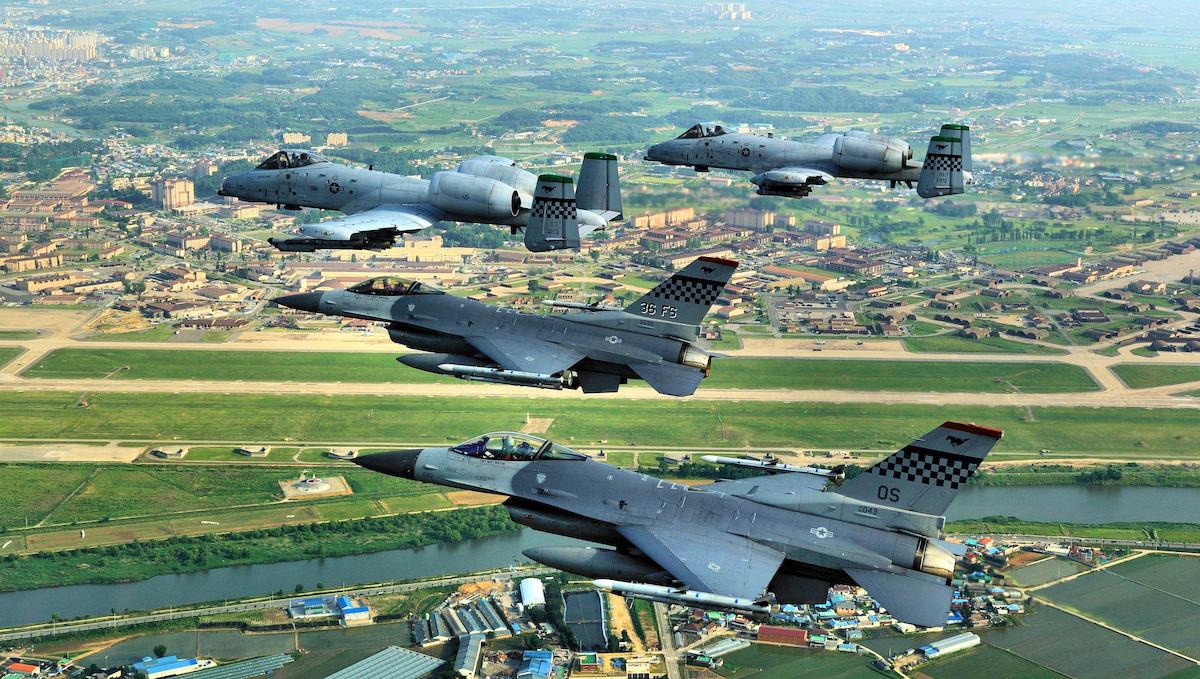
in a taiwan war seoul's problem won't be pyongyang
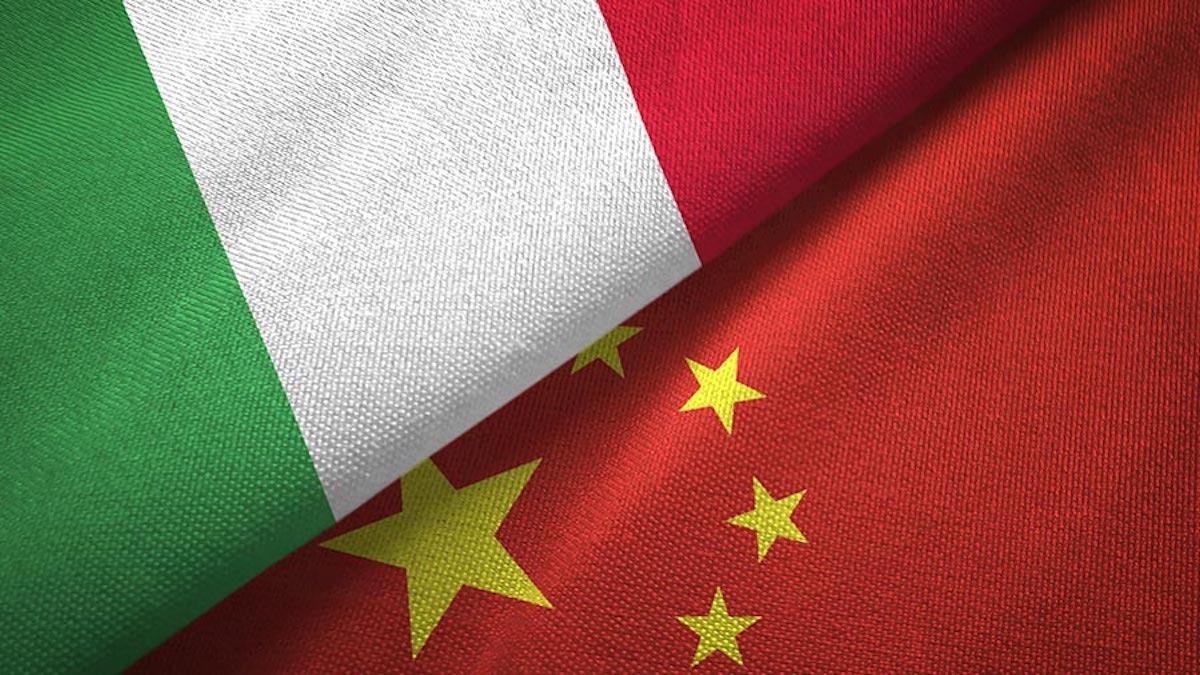
italy flirting with nato asia-pacific expansion
NVIDIA is one of TSMC's top customers, along with Apple, MediaTek, Qualcomm, Broadcom, SONY, STMicro, Marvel, Analog Devices, AMD and Intel. Working with these and other leading semiconductor makers gives TSMC a range of experience unmatched by any of its competitors.
On July 26, Micron Technology announced that it has begun sample shipments of its new 8-high stack 24Gb HBM3 Gen2 high-bandwidth memory solution, which“sets new records for the critical artificial intelligence (AI) data center metrics of performance, capacity and power efficiency,” reducing“training times of large language models like GPT-4” and delivering“efficient infrastructure use for AI inference” at a lower total cost.
Micron is developing its 3D-stacking and advanced packaging technologies as a partner in TSMC's 3DFabric Alliance, a collaboration which“lays the foundation for a smooth introduction and integration in compute systems for AI and HPC [high-performance computing] design applications. TSMC has received samples of Micron's HBM3 Gen2 memory and is working closely with Micron for further evaluation and tests that will benefit customers' innovation for the next-generation HPC application.”
According to Ian Buck, vice president of Hyperscale and HPC Computing at NVIDIA,“We have a long history of collaborating with Micron across a wide range of products and are eager to be working with them on HBM3 Gen2 to supercharge AI innovation.”
Committed to Taiwan
With all the news about TSMC's new factories in Arizona, Japan and probably Germany, it should be no surprise that some Taiwanese worry that the company is leaving them behind. The establishment of the Global R&D Center and the development of 2nm production technology in Hsinchu should reassure them that this is not the case.
“We heard voices saying we are moving away,” CEO C C Wei said at the inauguration ceremony.“But that is not going to happen.”
In fact, it would be next to impossible to replicate TSMC's core operations – its experienced workforce, extensive facilities and corporate culture – anywhere else. This was underlined in July when the company announced that production at the first factory it is building in Arizona would be pushed out a year to 2025 due to a shortage of skilled workers.
There have also been reports that some American employees have trouble adjusting to TSMC's always-on-call approach to work. As Morris Chang said last March while speaking at a semiconductor forum in Taipei:
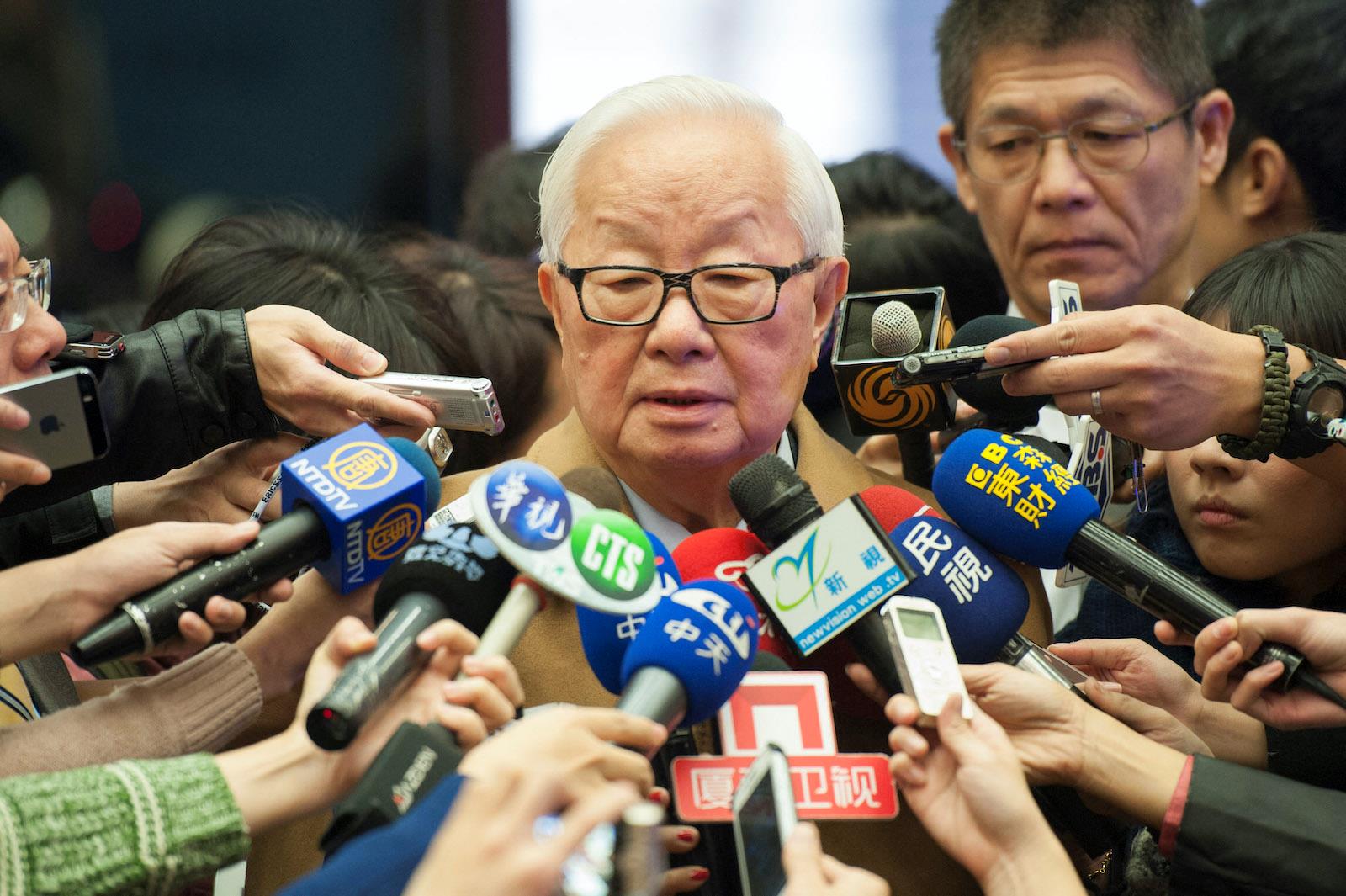
TSMC founder Morris Chang is interviewed during the Cross-Strait Entrepreneurs Summit in Taipei in a file photo.
Photo: Stringer / Imaginechina via AFP
This does nothing to ease US politicians and strategists' concerns about excessive dependence on Taiwan in the midst of a stand-off with China. Nor does TSMC's steady accumulation of intellectual property. Apparently, they will just have to get used to it.
According to the Taiwan Intellectual Property Office, TSMC remained the top domestic patent applicant for the seventh consecutive year in 2022 and also ranked first in the number of patents granted. Among foreign companies, Applied Materials ranked first in Taiwanese patent applications, while Qualcomm led in number of patents granted. In addition, the top three patent filers in the US in 2022 were Samsung, TSMC and Huawei.
Taiwan's National Development Fund is TSMC's largest shareholder, with a stake of 6.4%. Numerous institutional investors from the US, Europe and elsewhere own the rest, all of them with stakes of less than 4%. TSMC is traded on the Taiwan Stock Exchange (TWSE: 2330) and the New York Stock Exchange (NYSE: TSM) via ADRs (American Depositary Receipts).
The center's inaugural ceremony was attended by representatives from TSMC customers, R&D partners, universities, design ecosystem partners,
industry associations, and Taiwanese government officials. The officials included Premier Chen Chien-Jen, National Science and Technology Council Minister Wu Tsung-Tsong, Minister of Economic Affairs Wang Mei-Hua, and Hsinchu County Magistrate Yang Wen-Ke.
“We are here today to remind ourselves that it is necessary to innovate our technologies and do research and developments on our own,” Chang said. Thanking staff for“sacrifice inbuilding up this powerful R&D capability,” he asserted that“Taiwan has become the most sought-after place in geopolitics on earth.”
Chairman Mark Liu added that“The brilliant minds that we will gather together here at our global R&D Center will be working to answer today's most challenging questions in semiconductor technology, as well as future questions that we have not even imagined.”
Follow this writer on
Twitter: @ScottFo83517667
Like this:Like Loading... Related



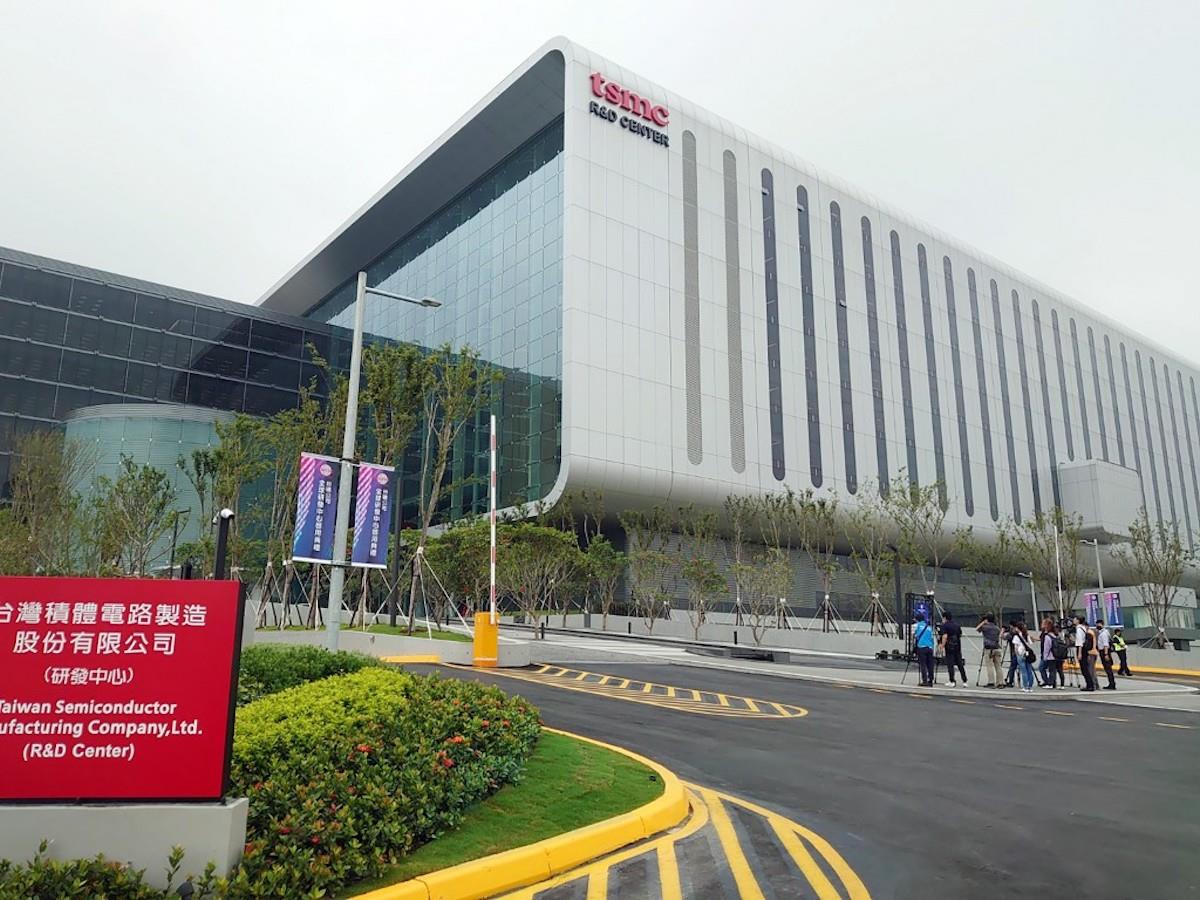



















Comments
No comment